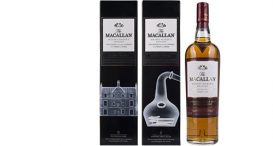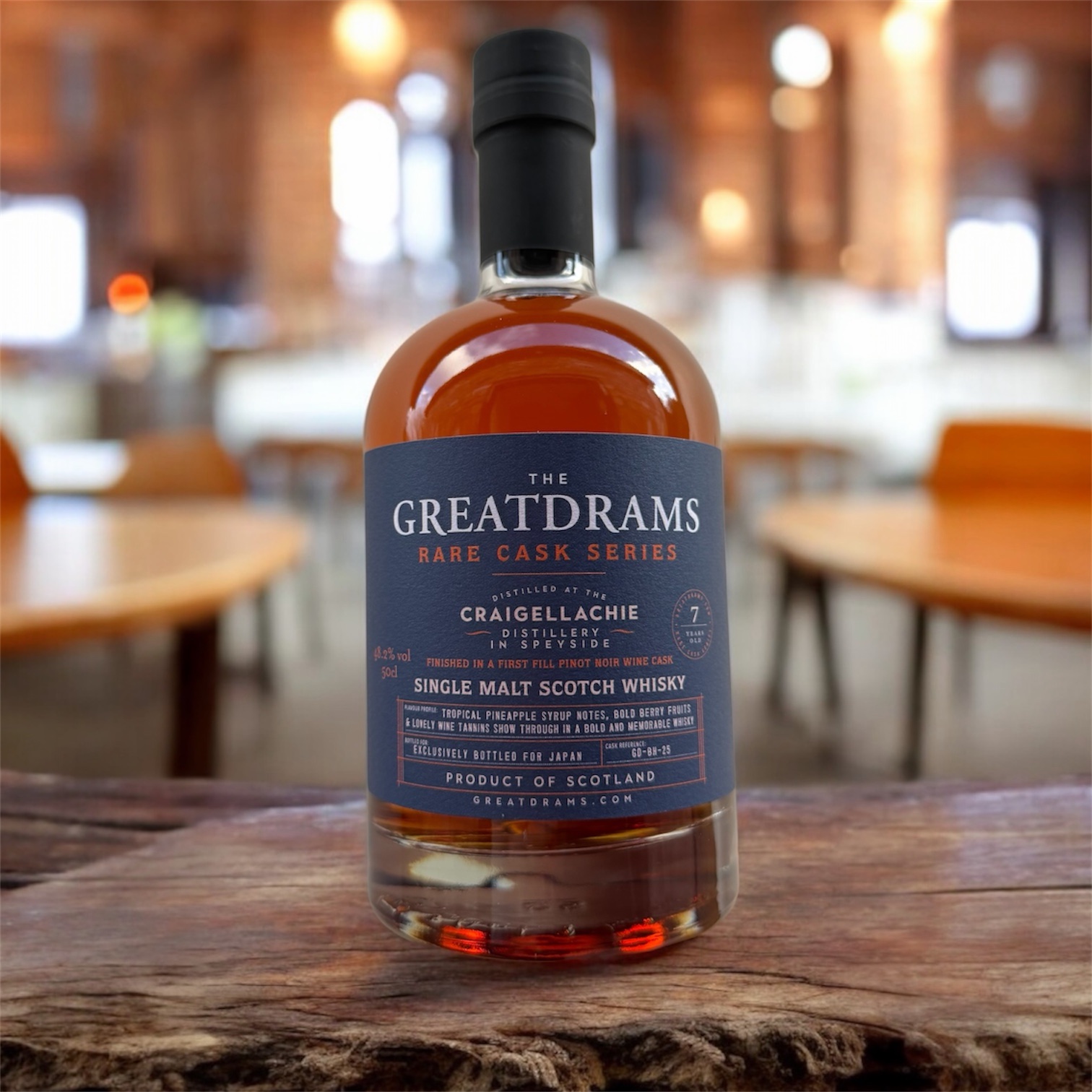The Rise of Irish Malt Whiskey
let’s begin
"Irish Malt whiskey is a category which has deep roots but which has been seriously neglected over the years as the focus and the lion share of production and sales being focused on Blended Irish whiskey. The opportunity and interest at this time was for more entry level accessible Irish whiskey and there has only been a handful of producers until recently doing anything interesting in this space,” says Jack Teeling, Chief Bottle Washer for the Teeling Distillery.
Originally published in the print and web version of Whisky Magazine
Irish Malt Whiskey is a category on the resurgence, is growing traction and fascination from Irish whiskey drinkers, collectors and bloggers and is only set to invigorate more the breadth of flavour, options and brands within the Irish Whiskey category going forward.
This is all very good for the industry; the most people want to talk about Irish Whiskey, want to collect it, want to share their love for it and want to buy in to new propositions and ideas – even from existing brands – the more the category will grow to where it once was status and volume wise globally. “I think we as an industry have a great opportunity to develop a truly unique and interesting premium segment of Irish whiskey, Single Pot Still, that we can call our own. The largest producer and seller of Irish whiskey set their eyes on developing this as their premium Irish whiskey offering many moons ago and have been doing a great job in educating consumers on its unique taste characteristics but there is still a lot of work to be done”, says Teeling.
All was well until the First World War and all its devastation and the halt of production in order that munitions be manufactured in distilleries due to their sterile and cool climates, and soon after Irish whiskey managed to lose their main export market by declaring independence in the 1916 Uprising. The British Empire was one of the biggest markets for that whiskey at the time and instantaneously that was lost. Ireland might have had more distilleries than Scotland at one point, this was greatly depleted in the 1900s.
Teeling explains that “Ireland has huge provenance and heritage in making Single Malts which has largely been forgotten as the recent history books have been written by the winners and survivors of the dark days of the 20th century. Over recent decades the larger brands and producers have done little to revive this. A perfect example of this was Diageo neglect of the Bushmills Malts during their ownership in favour of the Bushmills standard blend and even Bushmills Honey as well of Irish Distillers/Pernod focus on Single Pot Still over Single Malts”.
For a long time, only four distilleries remained, with Bushmills and Jameson owning the biggest market shares, and Kilbeggan and Cooley being more workhorse distilleries.
A brand of Irish whiskey that might be in line for a toppling is Redbreast, Irish Distillers’ flagship Single Pot Still Irish Whiskey brand which was especially celebrated in 2018 as it won Best Irish Whiskey in Jim Murray’s 2018 Whisky Bible awards. Although this should not be surprising as it has won six out of the last seven years, like all great footballing dynasties such as Liverpool of the 1970s and 1980s, Manchester United of the 1990s and naughties, it does mean that at some point one of the newer entrants from the Irish single malt category will start to get noticed, celebrated, and awarded… it is only a matter of time.
Instinct would suggest that Dingle would be one huge challenger to the crown as their brand and every product they have released has an almost Ardbeg-esque cult following behind it leading to fast sell outs and even faster flipping at whiskey auctions where short-term investors have managed to make a pretty penny from almost all their releases to date.

Or could it be Tullamore D.E.W.? Owned by William Grant & Sons, the brand has exploded with popularity in recent years with sales in the States going through the roof, a distillery expansion already in the pipeline and several really interesting additions to their range coming out over the last couple of years including the fantastic Tullamore D.E.W. 14 Year Old which was finished in Bourbon, Oloroso Sherry, Port and Madeira casks.
The Tullamore D.E.W. Brand Manager, Freddie Vereker, explains that “the proliferation of Irish Single Malts has two key causes: Firstly, the Single Malt Scotch market is larger than Irish and growing – pricing is more accessible and the growing range of brands and flavours creates opportunities for exploration – in this context there’s little reason not to try an Irish Single Malt. Secondly, the distillery landscape in Ireland is changing dramatically. The number of operational Irish distilleries has grown to 23 which gives distillers more scope to experiment and innovate. So even while new distilleries are waiting for stocks to mature, brands have been planning their ranges with consumer needs and points of difference in mind”.
Or could Bushmills finally live up to the potential we all know it has and start acting like a 21st Century Irish Whiskey brand? Their recent limited edition travel retail releases have been very good, and their core range – particularly the Bushmills 16 Year Old and Bushmills 10 Year Old – has been enjoyed and celebrated for years, they have just lacked the same personality and quality perception as some of their competitors.
Another new entrant into this category include the Sexton, made with 100% Irish malted barley, that has been matured in ex-Oloroso sherry casks for an indulgent flavour way beyond its price tag of ~£31. Method & Madness, from Irish Distillers, released a single malt Irish Whiskey in 2017, and it has gone down very well with the whiskey geeks and drinkers alike who have quickly gotten on board with the bourbon maturation and French limousin oak cask finish. Another is J. J. Corry, a single malt from Chapel Gate Whiskey Co. which has been released recently to great acclaim.
Other brands in the category include Knappogue Castle Single Malt, West Cork, Tyrconnell (made at the Cooley Distillery), The Wild Geese and Connemara.
But does the term ’Single Malt’ make sense to consumers at a time when the big distillers are making a lot of noise around ‘Irish single pot still’ whiskey? Teeling has some thoughts; “there is still a huge amount of consumer education and there are probably easier short term wins within Single Malt (as this is much better known globally) however the long term opportunity to have our own unique Irish whiskey premium segment is there for all of the industry to see and hopefully to work together towards”.
There is, without doubt, an appetite for Irish single malt whiskey and the market is not only adapting and growing in line with this demand, but is innovating and doing so in an interesting way.













